How to Plant Seeds From Tulips pots? ✅
Hello to all plant lovers all over the world, welcome again to another topic with me where i discuss about how you can plant seeds from Tulip pots, and tell you everything you need.
Please make sure to visit Apartmentflowers for more topics about Pansy, Bamboo, Monstera and other plants that you might have in your home.

History of the Prized Tulip & knowing the tulip seed
Today, most people have seen tulips in their homes and in the plains. If we remove the tulip from the ground, we will see that there is an onion in the place where the roots grow, which we call the tulip onion.
In our previous articles, which you can read by referring to the apartment flowers site, we have discussed fully about the tulip bulb and how to care and plant it, but is the tulip bulb itself a seed or does it come from the tulip seed? Tulip bulbs are produced from seeds and then flowers emerge.
I know there is a question in your mind now. If this is the case, it will take a long time for us to harvest flowers. The answer is yes this work is time consuming.
Planting tulip (Tulipa) seeds is a laborious process and won’t yield a flower for at least seven years, as the majority of tulips are grown from bulbs. However, if you have patience and just want to experiment, plant the seeds from the tulip pots and wait for the bulb to develop.
Originally grown wild in the Chinese region that borders Tibet, Afghanistan and Russia, tulips traveled the Silk Road and arrived in Istanbul by early 1055, as noted in Smithsonian Magazine.
By the 15th century, the Ottoman Empire’s sultan had so many tulips growing in his gardens that he required 920 gardeners to tend them, and today the tulip is the symbol of the Ottomans. The tulips of Holland are the most famous because of its ideal growing conditions.
Tulips like mild winters and summers that are not too hot. The maritime conditions of North Sea Holland are just right, as the temperatures provide the right range during the bulbs’ growing season, and the proximity of water allows the tulip bulbs to convert the starch inside the bulb into sugar, thus giving it energy. The average annual temperature in these coastal areas is 48 degrees Fahrenheit, creating the ideal climate for the tulips.

How To Plant Seeds From Tulips Pots
Once your tulip plant has flowered, allow it to dry out and wither. When the pots turn brown, remove them from the plant. Open the pots and remove the seeds and place them in a dish for about a week to dry out. Then move the seeds to a plastic bag surrounded by a damp paper towel.
Keep the bag in the refrigerator for several months, creating a dormancy period prior to planting the seeds Remove the seeds from the bag and plant in individual small pots filled with well-draining compost.
The Garden of Eaden recommends topping off the seed with no more than about 1/2 inch (1 centimeter) of soil and setting the pots out in the sun or a south-facing cold-frame (think incubation box). It may take several months to a year for the seeds to germinate in temperatures that range from 65 to 75 degrees F.
Be sure to keep the pots watered and add a dose of slow-release liquid fertilizer. When the seeds have grown at least two leaves, they are ready to move to the garden. Once the seedlings have matured to the point where they can grow outdoors in the ground, they can be gently transplanted.
The process to this maturity takes anywhere from 12 to 15 months. The root systems of the seeds are delicate and must be handled with care. Touch the new bulb and be sure it’s brown and firm; plant the young bulbs in the autumn.
And remember this phrase, Once the flower of a tulip plant dies off, you can extract the seeds from the pod to plant in the fall. If you allow the plant to go to seed after it blooms, the pod will eventually turn brown and crack open.
How do you start tulips from seed?
Tulips, native to arid regions of Eastern Europe and Central Asia, are grown from bulbs but can also be grown from seeds. Seeds from hybrids may sprout, but they rarely grow true to the parent plant. Species tulips, like ‘Tarda’, produce viable seeds that grow true to the variety. Tulips are hardy in the U.S. Department of Agriculture plant hardiness zones 4 through 10. To prepare the seed pod, harvest the seeds from the dried pod, let them dry on a plate in a warm location for at least one week, and store them in the refrigerator for 90 days.
To prepare the soil, fill a cold frame with light sandy soil or a mixture of potting soil and coarse sand. If starting indoors, fill flowerpots with a sterile seed-starting mix. Moisten the soil thoroughly before adding the seeds. Tulip seeds germinate in temperatures between 65 and 75 degrees Fahrenheit, and if outdoor temperatures remain cold, the seeds will sprout when spring weather warms.
Plant the seeds in February, scattering them over the soil and covering them with 1/4 inch of soil. If living in mild winter areas, plant the seeds in flowerpots so they can be moved into the refrigerator at the end of the first growing season. Water as soon as the soil is dry to the touch.
After the seedlings germinate, remove the top of the cold frame to avoid cooking the seedlings. Fertilize weekly with a balanced 10-10-10 fertilizer eight weeks after the seedlings appear. Cover the cold frame when the weather turns cold and move flowerpots into a refrigerator for 90 days.
How do you root tulips?
Tulips require a 12-14 week cold period to develop beautiful flowers, which is difficult to achieve in warm climates. The cold period occurs when the soil temperature drops below 55 degrees, and bulbs can start their chilling period from mid-September. Pre-cooling bulbs can be done in your kitchen refrigerator, storing them 6 to 16 weeks cold depending on the climate/soil temperature. Store bulbs in ventilated bags, mesh bulb/onion bags, or egg cartons, but avoid placing them next to fruit, as ripening fruit can release ethylene gas that can damage the flower inside the bulb.
Tulips prefer cool soil for root growth, taking about 4-6 weeks. To grow healthy roots, plant tulips in a pot, water them, and place them in the fridge for 4-6 weeks. During the rooting process, ensure that the soil is not too warm or too dry. Plant tulips in the coolest part of the year, in partial/full shade, and six to eight inches deep. Apply a two-inch thick layer of mulch to retain moisture and keep the bulbs cool. Regularly water the soil.
Preparing the Tulip Seed Pod
To harvest tulip seeds, allow the pod to develop completely, then let them dry for at least a week before storing them in the refrigerator for 90 days. Store the seeds in a plastic bag or paper towel, labeled with the species and cultivar name and date. Tulip seeds and bulbs require a chilling period between 32 and 45 degrees Fahrenheit for sprouting and plant development, as they are native to arid regions of eastern Europe and Central Asia.
Prepare the Soil
To plant tulip seeds outdoors, fill a cold frame with light sandy soil or a mixture of potting soil and coarse sand. If starting indoors, use a sterile seed-starting mix. Moisten the soil thoroughly before adding seeds. Tulip seeds germinate in temperatures between 65 and 75 degrees Fahrenheit, and if outdoor temperatures remain cold, they will sprout in spring.
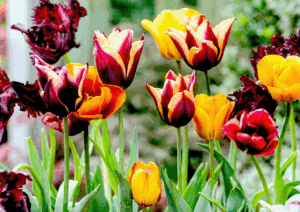
All you need to know about growing tulips, from planting bulbs to selecting varieties.
| Jan | Feb | Mar | Apr | May | Jun | Jul | Aug | Sep | Oct | Nov | Dec | |
|---|---|---|---|---|---|---|---|---|---|---|---|---|
| Plant | yes | |||||||||||
| Flowers | yes | yes | ||||||||||
| Cut back | yes | yes |

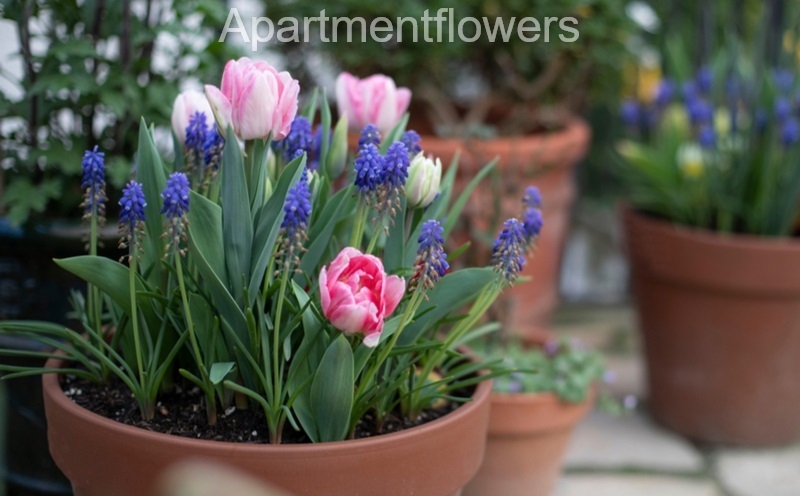
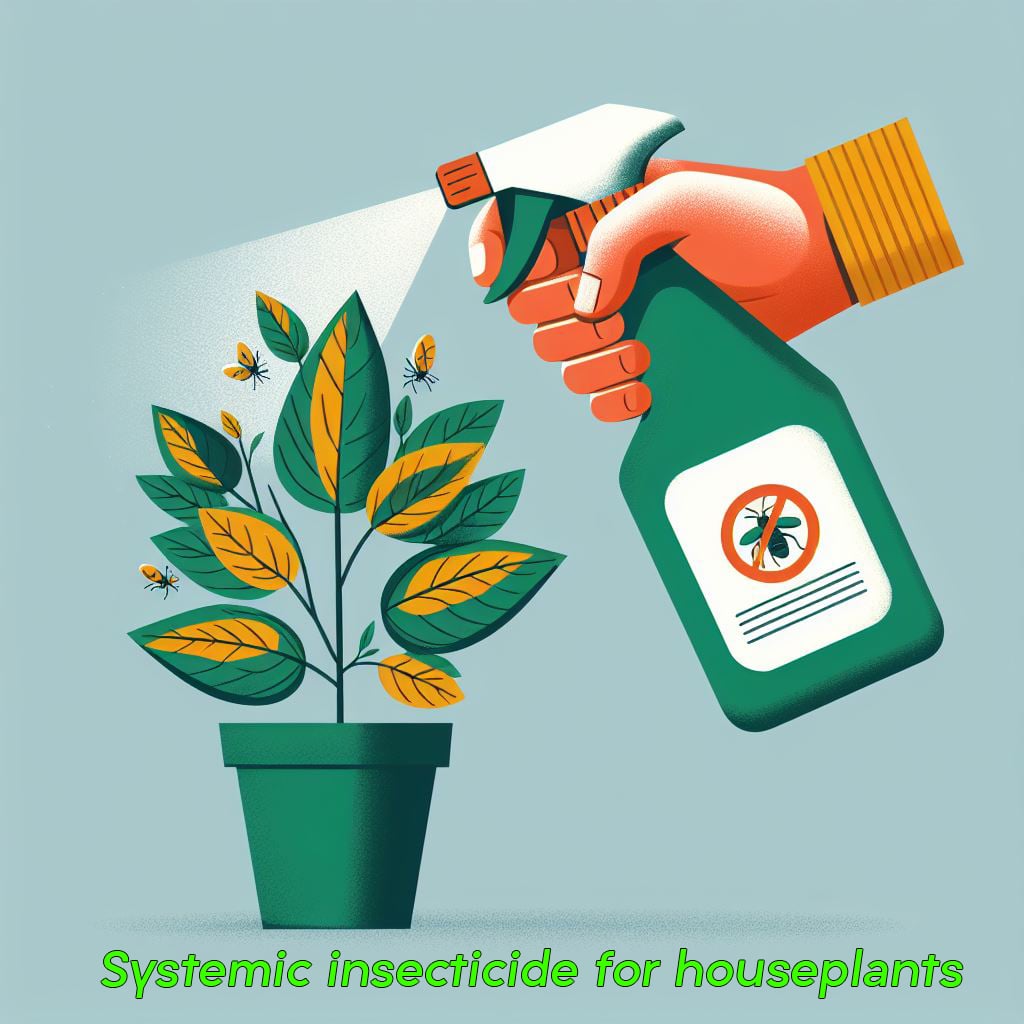
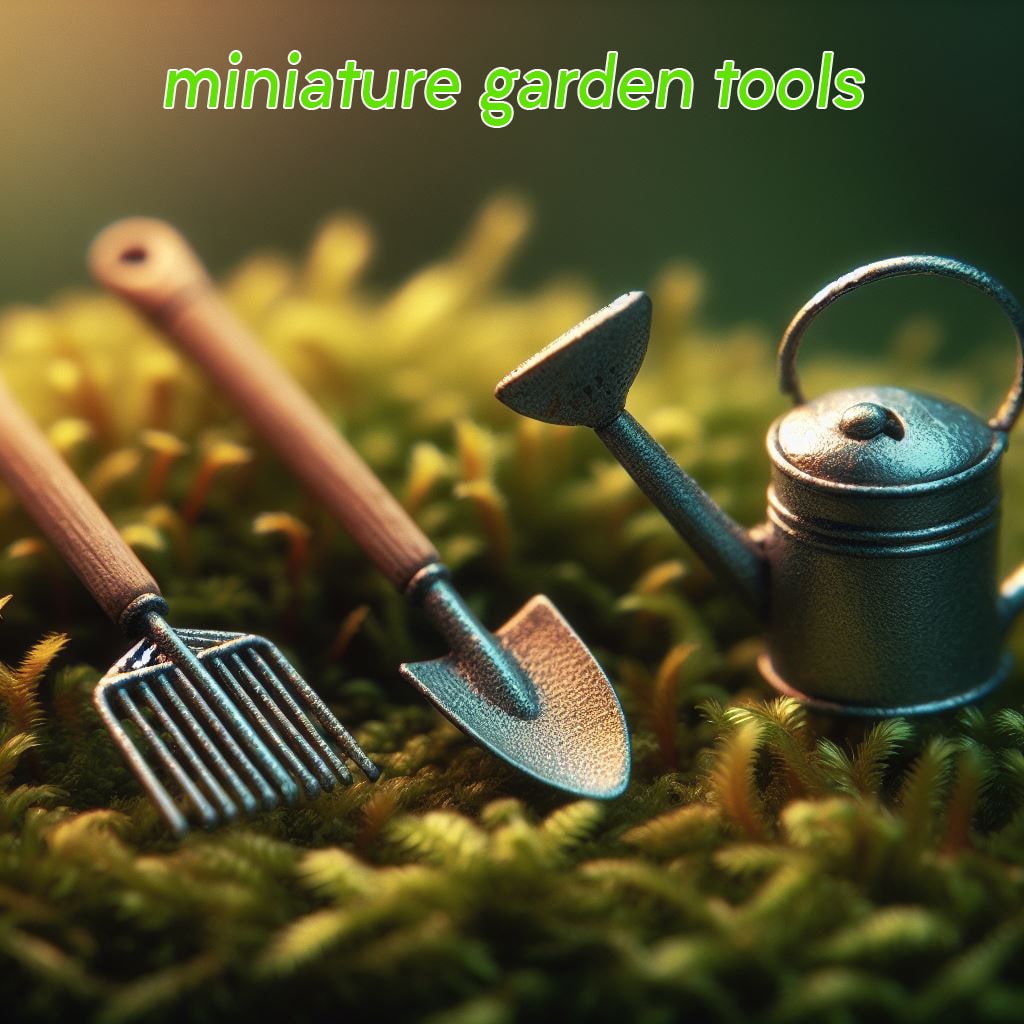
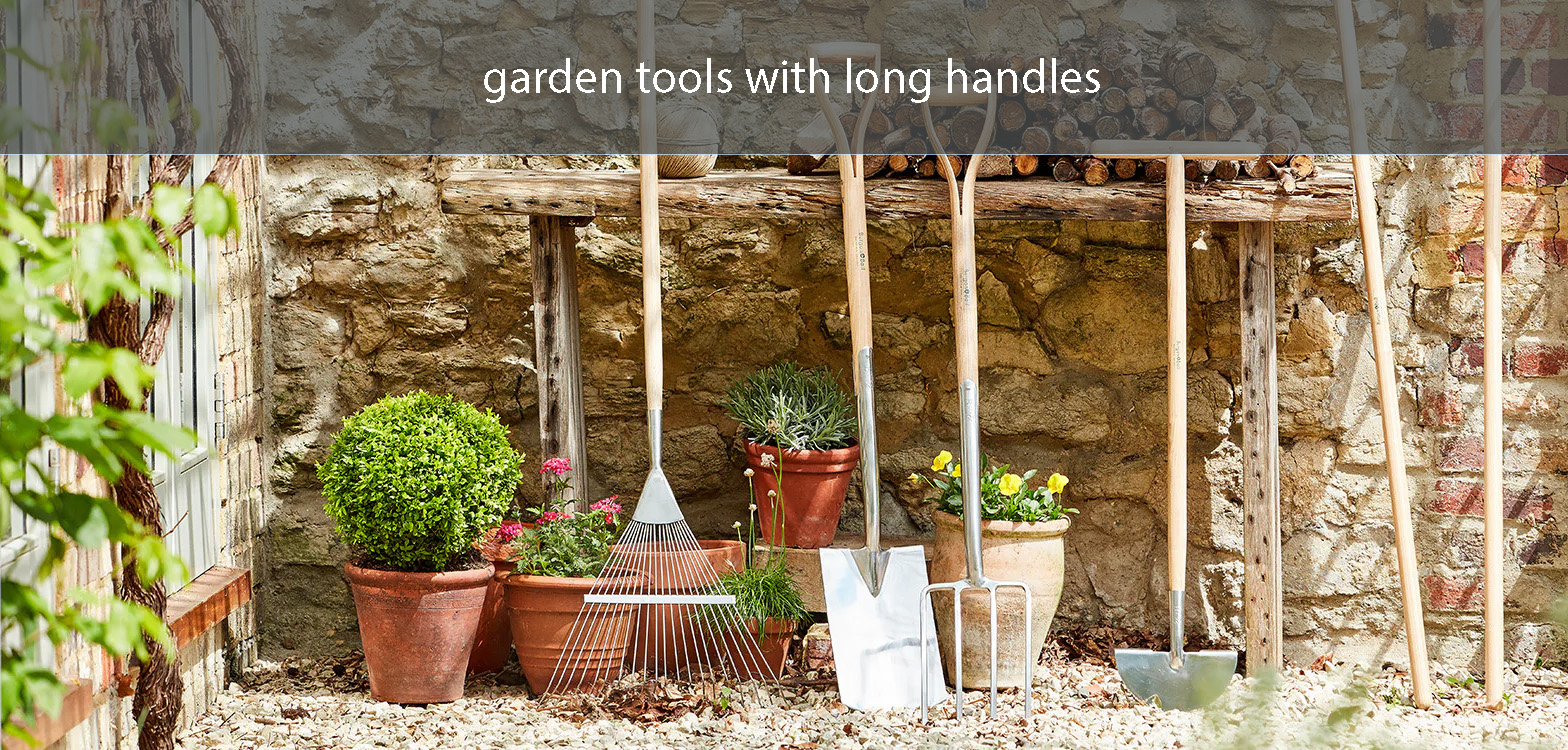
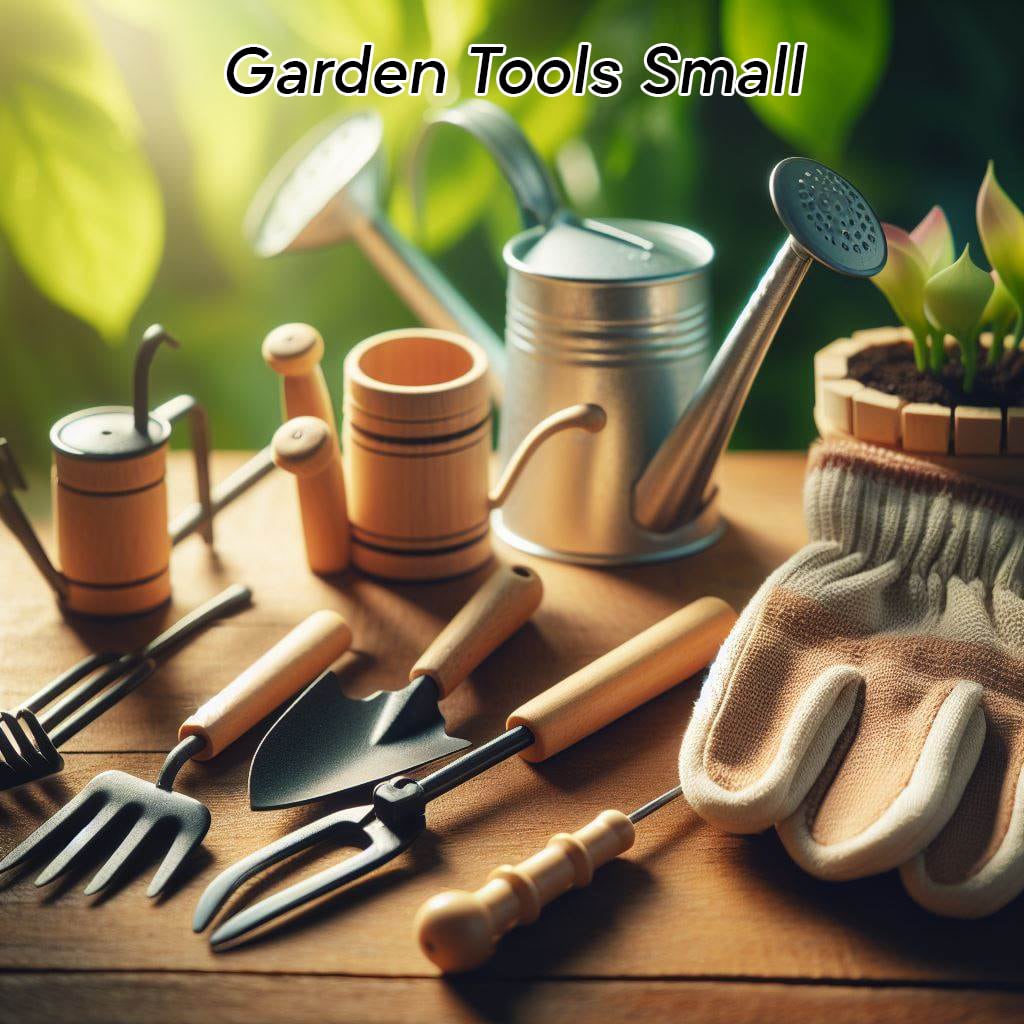
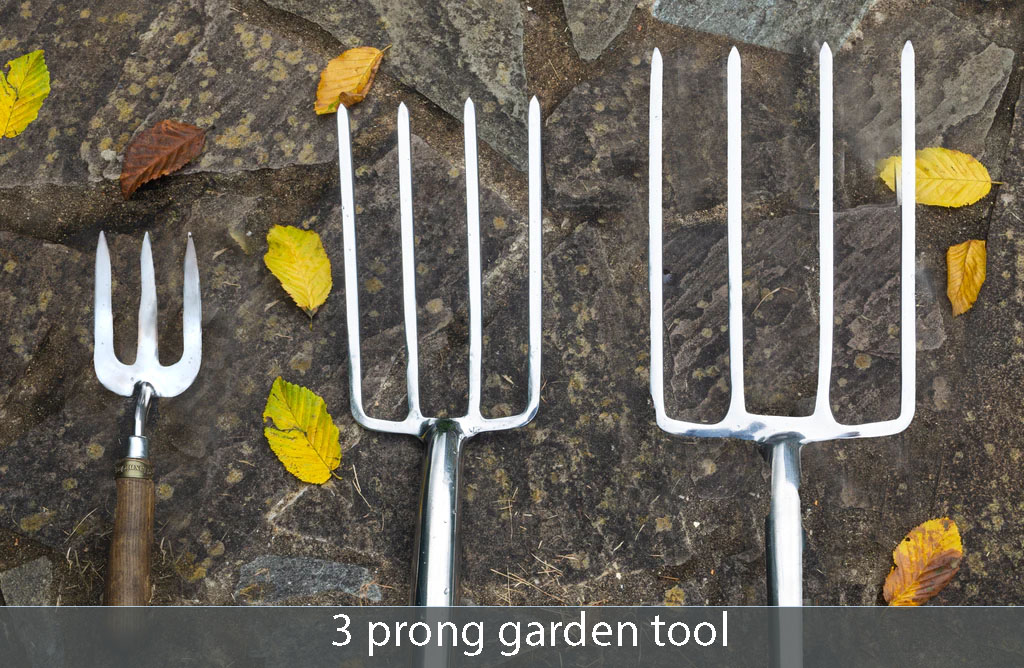
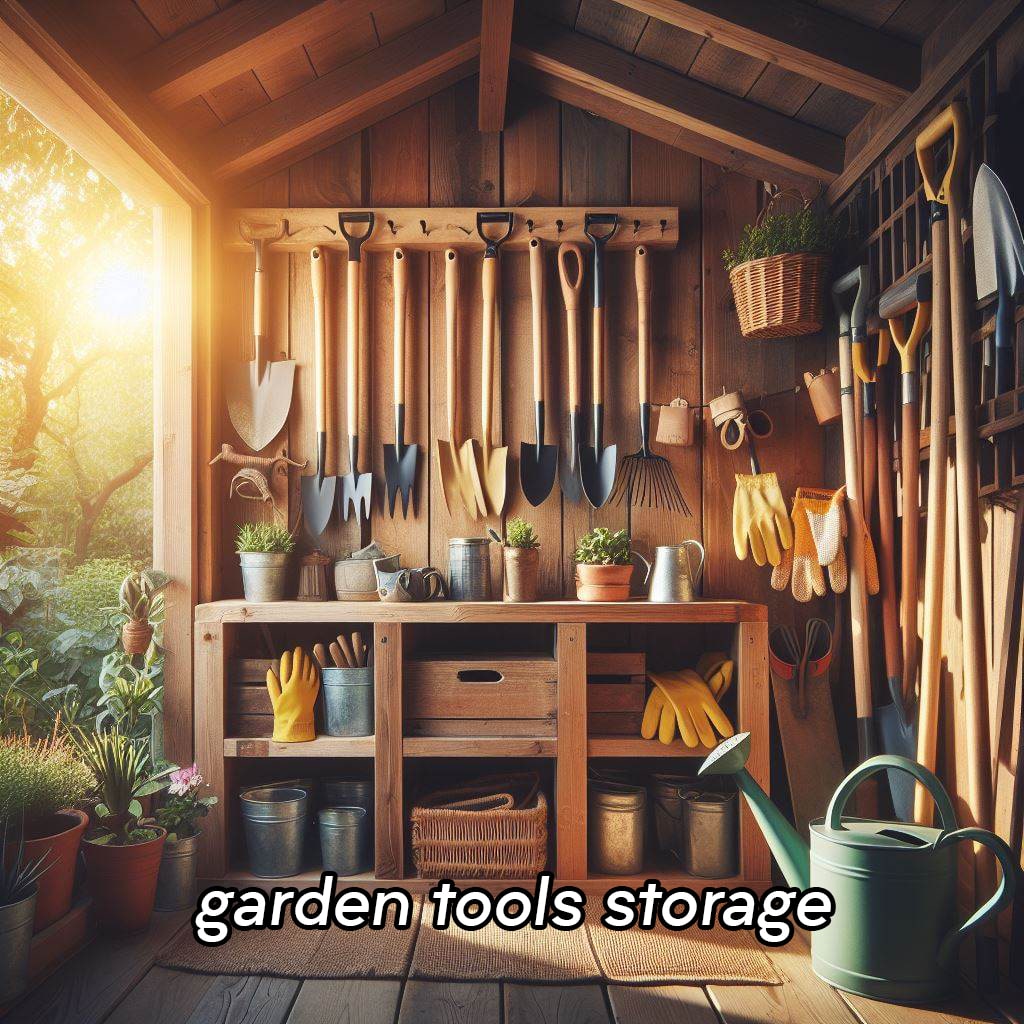


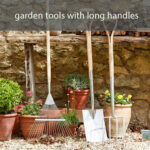

3 comments on “How to Plant Seeds From Tulips Pots? ✅”
Good day! I just want to offer you a big thumbs up for your excellent information you have got here on this post. Ill be coming back to your blog for more soon.
Hello good time
It makes us proud to hear these words from you
Thank you for registering your opinion
See us again.
Say, you got a nice blog article.Really looking forward to read more. Want more.